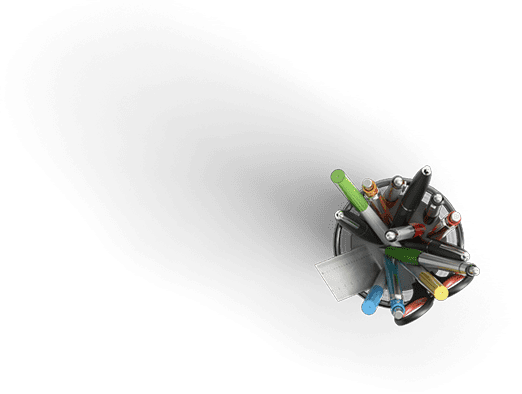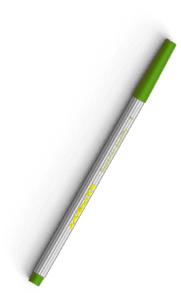Golden Gate University San Francisco Machine and Assembly Language Project
Description
Unformatted Attachment Preview
are assigned to registers $s0, $s1, $s2, $s3, and $s4, respectively. Assume that the base address of
the arrays A and B are in registers $s6 and $s7, respectively. Assume that the elements of the arrays
A and B are 4-byte words:
B[8] = A[i] + A[j];
2.12 [4 points] Assume that registers $s0 and $s1 hold the values 0x80000000 and 0xD0000000,
respectively.
2.12.1 What is the value of $t0 for the following assembly code?
add $t0, $s0, $s1
2.12.2 Is the result in $t0 the desired result, or has there been overflow?
2.12.3 For the contents of registers $s0 and $s1 as specified above, what is the value of $t0
for the following assembly code?
sub $t0, $s0, $s1
2.12.4 Is the result in $t0 the desired result, or has there been overflow?
2.13 [4 points] Assume that $s0 holds the value 12810
2.13.1 For the instruction add $t0, $s0, $s1, what is the range(s) of values for $s1 that would
result in overflow?
2.13.2 For the instruction sub $t0, $s0, $s1, what is the range(s) of values for $s1 that would
result in overflow?
2.27 [6 points] Translate the following C code to MIPS assembly code. Use a minimum number
of instructions. Assume that the values of a, b, i, and j are in registers $s0, $s1, $t0, and $t1,
respectively. Also, assume that register $s2 holds the base address of the array D.
for(i=0; i
Purchase answer to see full
attachment

Have a similar assignment? "Place an order for your assignment and have exceptional work written by our team of experts, guaranteeing you A results."









